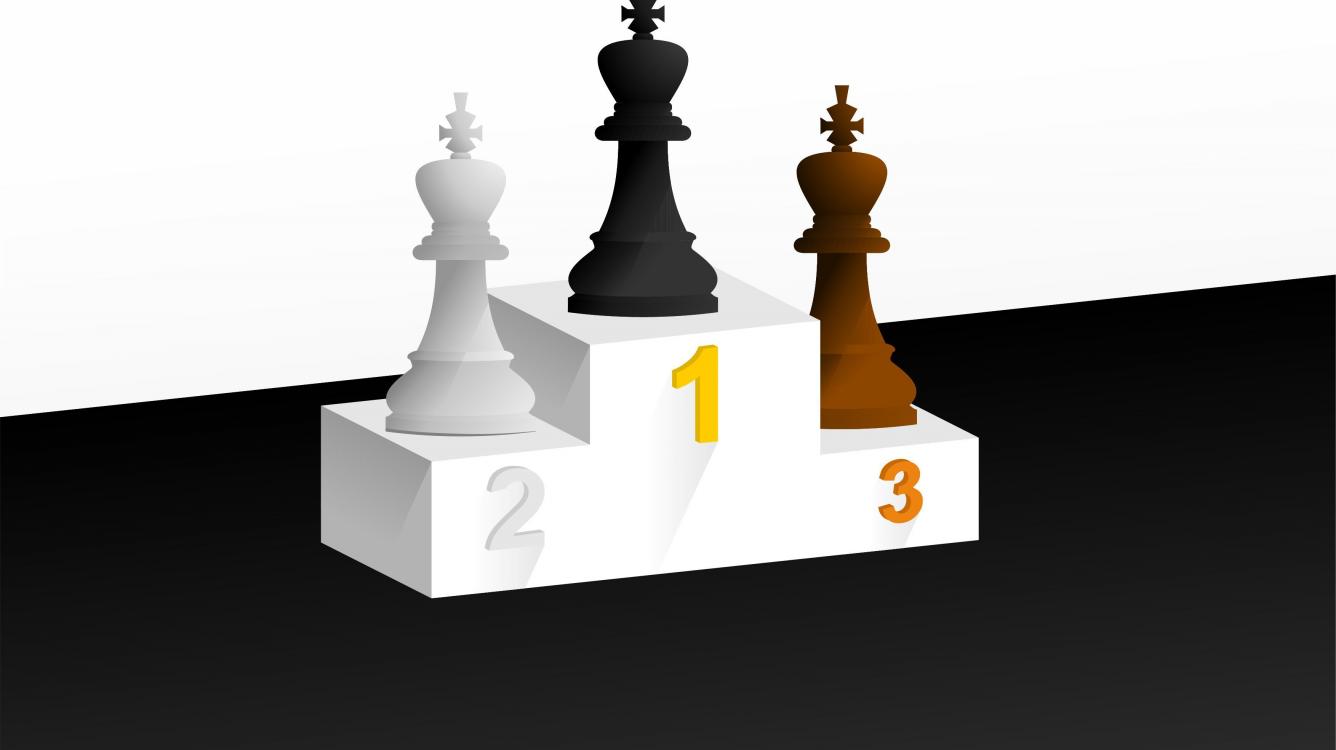
What Is The Best Move?
All chess players encounter this situation in every single game. You are considering your next move and see numerous tempting opportunities. All the moves look equally strong, so which one should you prefer? What is the best move to play?
There is no simple answer to this basic question. If you show the position in question to two players of opposite styles, it is very likely that they will choose different moves. Moreover, even the exact same player can play different moves in different situations. His choice can be based on the tournament situation, the personality of his opponent, his own mood during the game, etc.
Here is what Anatoly Karpov writes in his book The Best Games:
If I have several different continuations at my disposal, my choice depends in large part on who my opponent is. For example against Tal or Korchnoi I prefer simple positions that may not be to their artistic tastes, and against Petrosian I choose something more complicated. But if I realize that there is only one correct route to take, then I have no choice and I take that route.

This is a very good and logical explanation of Karpov's thinking process, but the problem is that sometimes it is difficult to decide what is the correct route. Case in point is the following game, which practically decided the fate of the world championship match:
This game was published thousands of times and every annotator (including Kasparov in his My Great Predecessors) gives 15.g4! at least one exclamation point. This was one of the games that formed my chess perception, proving the point that it is practically always a good idea to sacrifice a pawn in order to open a file against your opponent's king, especially if you castle opposite sides!
That's why in a past article I wrote:
For any experienced chess player, the pawn sacrifice 15.g4 is a no-brainer. Indeed the open file and a very strong direct attack against the black king should more than compensate the minimal material disadvantage.
Since the statement above sounds like an axiom to me, I was really surprised to read the following comment from one of the readers:
15.g4 in the game Boris Spassky vs. Tigran Vartanovich Petrosian is not a "no-brainer" for "any experienced chess player." You can play it, but there are other good or even better moves as well. White is already better in this position and there are many good moves (g4 is one of them) for White. Black is in the defense in any case. So this is a bad example to back up your conclusions. Many experienced players would play e.g. 15.h3 with the idea of g4 and win the game too.
I have to confess, when I read this comment the first time, I smiled the same way I would smile if anyone tried to convince me that the Earth is flat. Indeed, giving up a pawn in a situation like this is truly the ABCs of chess. I learned it when I was a little kid, thanks to the following Tal trifecta:
Gosh, I even tried to emulate the Magician in my own games:
So, what can be more obvious and natural than that? Nevertheless chess teaches you to listen to your opponent and respect the other point of view. Once you start thinking that you are always right and the guy playing the opposite side has no clue, chess will quickly punish you for being too cocky. So I asked myself a simple question. This pawn sac might be obvious to me, but why am I so sure that any grandmaster would play 15.g4 in this position? What if the reader is correct and there are strong players who would play 15.h3 in that position? Moreover, I immediately remembered the following two games:
As you can see in both games, White executed the black king in approximately the same number of moves. The only difference is that one strong GM played an "obvious" move, 14.g4, and another strong GM played 14. Rhg1 preparing the move g4. Who is right? As the result of the games shows, both of them were right and White's attack was unstoppable in both cases!
Getting back to the above-mentioned reader's comment, I think he was correct. The move 15. g4! is absolutely obvious for me, but it doesn't mean that it should be obvious for every single player! I am more than happy to give up my pawns to open files against the opponent's king, like in the next game:
But that is not the only way to play and there are many players who could prefer a more restrained approach.
So what's the best move in chess then? I guess the move that fits your style, emphasizes your strength and maximizes your chances to win the game is the best move for you, regardless if it is objectively the best move in the position or not.






